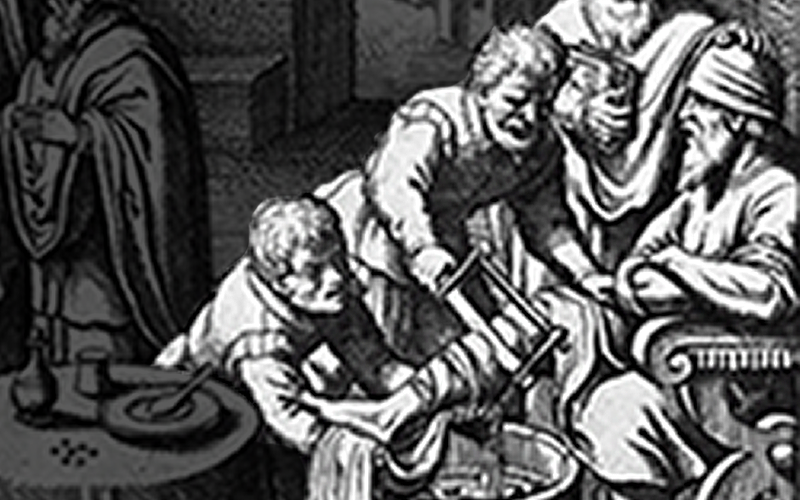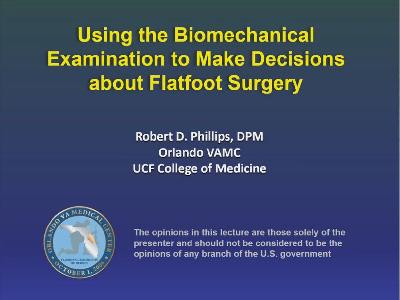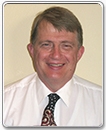
Practice Perfect 658
Lessons Learned from History
Lessons Learned from History

When I was a kid, I hated history. Hated it! I couldn’t understand what all that stuff in the past had to do with me, and learning all those dates seemed like a useless waste of time. Then in medical school, while learning all those different subjects, here came the eponyms. There were at least two names for everything. The adductor canal in the thigh was also called Hunter’s canal and was also called the subsartorial canal. I wanted to murder the fool who decided medical students had to learn so many names for everything. Why does neurofibromatosis type 1 have to also be named Von Recklinghausen’s disease? Weren’t 10,000 new vocabulary words in the first year enough? Did we really need to have multiple versions of everything?
Then I got a little older - and maybe just a tiny bit wiser - and I became interested in history, specifically medical history. After reading quite a bit about various topics in medical history, my perspective changed and I realized how much there was to learn. Right off the bat, I realized a few things:
- We in the medical profession are literally surrounded by the ghosts of great people that came before us. Scrub into a surgical case, and you will be literally staring at the greats of medical history. The names abound: Senn retractors, Freer elevator, Halstead hemostats, Kocher clamp. All of these and so many more instruments come from the minds of doctors who came before. By the way, the instrument I mentioned before is NOT pronounced “Free-er” (as in free up that periosteum) but rather “Freer” (rhyming with “steer”). The Freer elevator was created by Dr Otto Tiger Freer (1857-1932) as a way to correct deviations in the nasal septum and not as a way to elevate tissue. It turns out one of our most commonly used surgical instruments wasn’t for foot surgery but to fix noses! The same thing is true for tenotomy scissors. Stevens tenotomy scissors were invented by George Thomas Stevens (1843-1921) who invented them to cut tendons in the eye to correct strabismus. We’re a bunch of instrument thieves in podiatry!
- Understanding the past creates an anchor to maintain perspective on today’s practice of medicine. Want to link podiatry directly to Joseph Lister, the creator of the antiseptic technique? Dr Lister used carbolic acid as the first chemical to sterilize instruments and surgical patients before surgery. What’s carbolic acid and how is that related to podiatry, you might ask? Carbolic acid is also known as phenol. Yes, the very same chemical almost every podiatrist uses to do toenail matrixectomies. The only difference was Lister used 5% phenol and we use the 89% formulation. This dilute phenol solution was also sprayed on the walls and floors of hospitals, giving old hospitals that unforgettable odor that we associate with them.
- Much of what we think we know to be true and take for granted is completely untrue if you understand history. The reason we wear gloves in the operating room did not begin because of a desire for cleanliness but rather because of love. Yes, love. William Steward Halsted (1852-1922), the greatest surgeon of his age, used phenol to clean everything during surgical procedures, including the hands of his scrub tech, a nurse named Caroline Hampton. Over time, Dr Halstead fell in love with nurse Hampton and eventually married her. Before that, though, nurse Hampton‘s hands became red with a dermatitic rash, a common result of phenol contacting skin. To resolve this problem, Halstead contacted the Goodyear Rubber Company (yes, the ones that make tires) and asked them to make rubber gloves. Not only did nurse Hampton like the gloves (and apparently Halsted enough to marry him), so did everyone else, and the surgical glove was born. Who knows; maybe the gloves led them down the marriage path? Consider the role of love the next time you glove up for surgery.
There are so many stories from the annals of medical history, each of which will teach us about life and the practice of medicine, in all its forms. For those of you interested, there is an excellent podcast called Bedside Rounds, narrated by Dr Adam Rodman. I highly recommend it to not only hear more stories from medical history but also better understand how we physicians think. Best wishes with your explorations in history.


































Comments
There are 0 comments for this article